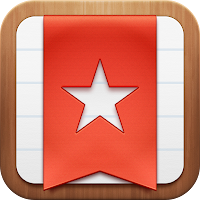Have you made your Summer Resolution yet? Many people have already! Leave us a comment and tell us what your Summer Resolution is! Over the next several weeks, I am going to present you with simple and refreshing ideas on how you can grow as an educator during this time of relaxation :)
 If you are a teacher and love technology, there is nothing better than learning from other like-minded people. About a year ago, I joined SimpleK12 as a free member, so that I could learn more about using iPads in the classroom. It enabled me to listen to live webinars on different educational technology topics that mattered to me. I have really enjoyed listening to world-class educators share their passions and ideas in simple 30 to 60 minute presentations. Best of all, I can participate in live chats and ask the experts questions!
If you are a teacher and love technology, there is nothing better than learning from other like-minded people. About a year ago, I joined SimpleK12 as a free member, so that I could learn more about using iPads in the classroom. It enabled me to listen to live webinars on different educational technology topics that mattered to me. I have really enjoyed listening to world-class educators share their passions and ideas in simple 30 to 60 minute presentations. Best of all, I can participate in live chats and ask the experts questions!Want to be an iPad expert? Want to learn more implementing the Common Core? Need new technology ideas? You can find a wealth of information in this online community from teachers in the trenches, who know what they are talking about. I was so impressed that I acquired a full membership, so that I could enjoy other perks, like having the ability to listen to webinars on demand! From webinars to discussion forums to valuable resources....it's worth using for your entire school district!
I have also been privileged enough to make a few presentations on a variety of topics over the past several months. I am always looking forward to my next presentation! If you are interested in hearing a webinar in action, check out my webinar on July 3, 2013 @ 10:00 am on Removing Barriers and Helping Students Learn with Universal Design for Learning.











